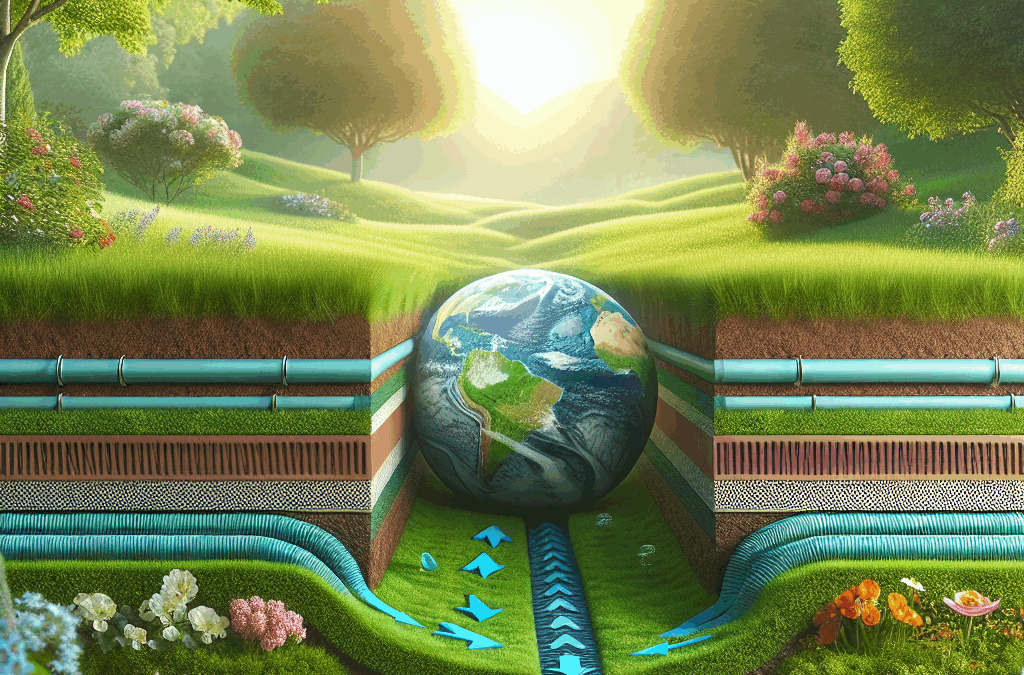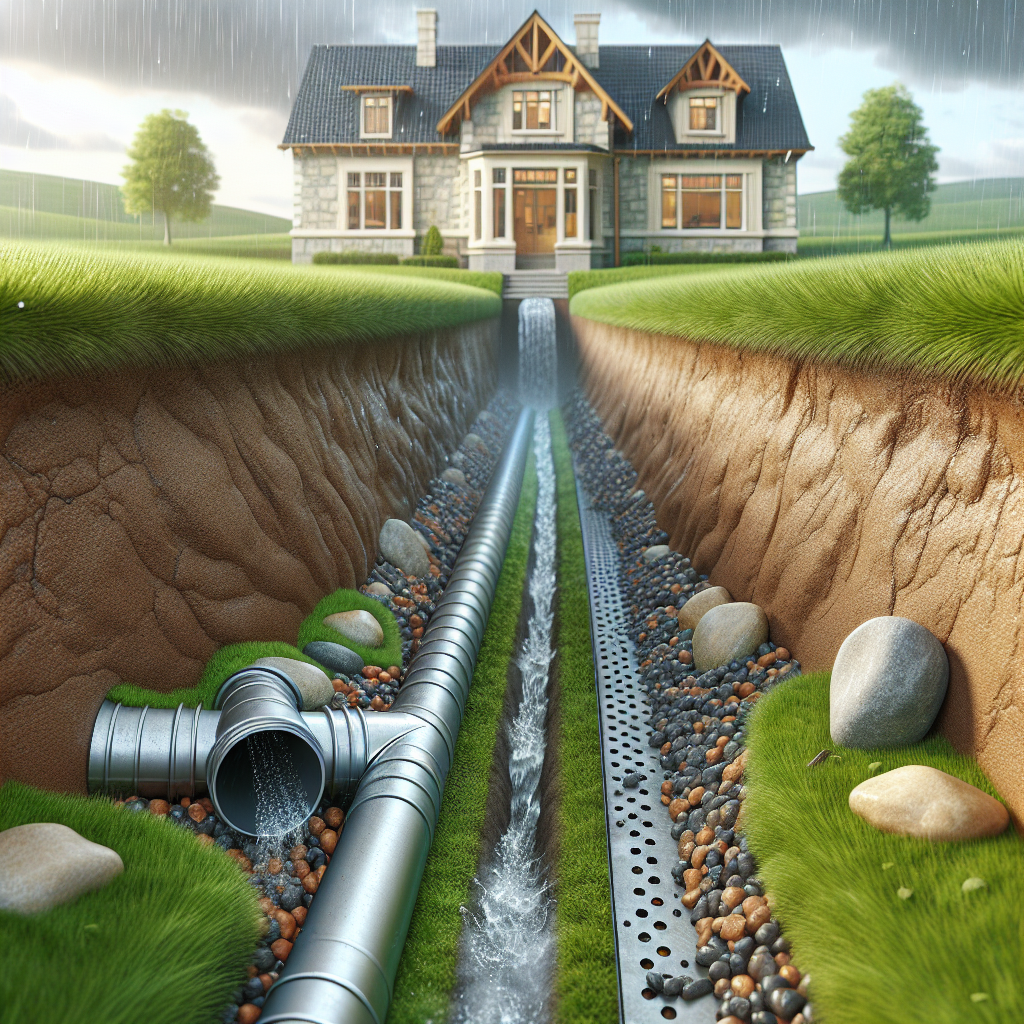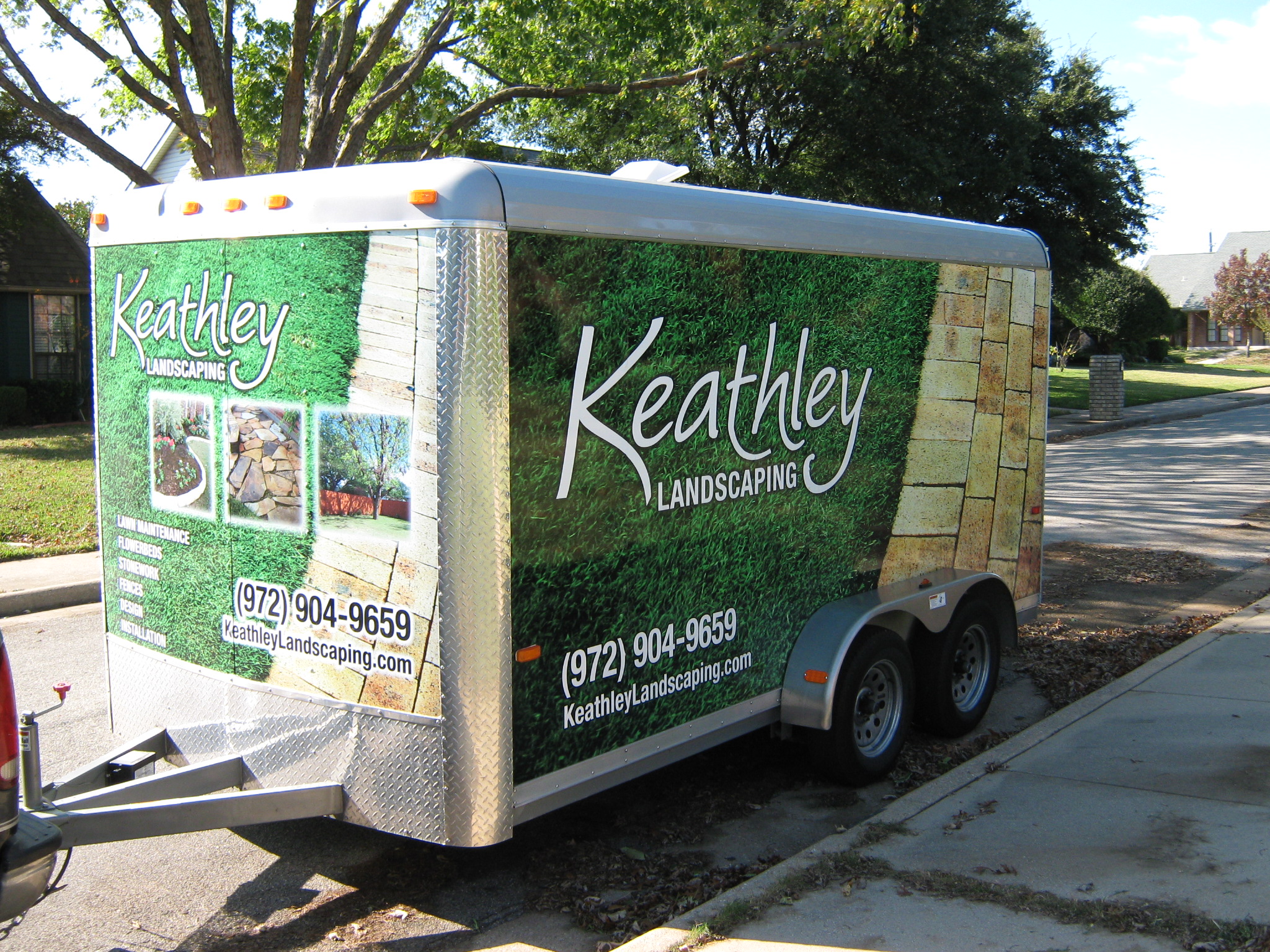French Drains: Exploring New Materials and Technologies
When it comes to keeping your property dry and free from unwanted water intrusion, French drains have long been a homeowner’s go-to solution. While traditional methods have served us well, advancements in materials and technologies are making these systems even more effective. Let’s dive into the evolving world of French drains and see how new innovations can benefit you. 🚀
Table of Contents
1. Introduction to French Drains
2. The Basics of French Drains
3. New Materials in French Drains
4. Technological Advancements
5. Conclusion
6. FAQs
Introduction to French Drains
French drains have been around for ages, originally conceived by Henry Flagg French (hence the name!). Their primary purpose is to direct water away from areas where it might cause damage, such as your home’s foundation. But what exactly are they, and why are they still relevant today? 🤔
The Basics of French Drains
At its core, a French drain is a trench filled with gravel or rock containing a perforated pipe that redirects surface water and groundwater away from your home. It’s a simple yet effective system that prevents water from pooling and causing damage. But like any tool, it can be improved upon, and that’s exactly what the current wave of innovation is doing.
New Materials in French Drains
Let’s talk materials! Traditionally, French drains utilize PVC pipes and standard gravel. However, recent developments have introduced more sustainable and efficient options:
1. Recycled Materials: Embracing sustainability, some French drains now use recycled plastics for piping. These are not only eco-friendly but also often more durable against the elements. 🌍
2. Advanced Geotextiles: New geotextile fabrics offer enhanced filtration, preventing soil and debris from entering the drainage system and prolonging its life.
3. Lightweight Aggregates: Innovative lightweight aggregates, such as expanded shale, clay, or slate, reduce the weight of the system, making installation easier without compromising on efficiency.
Technological Advancements
Materials aren’t the only area where French drains are evolving. Technology is playing a crucial role in enhancing their effectiveness:
1. Smart Drainage Systems: Imagine a French drain that can communicate with you! Smart sensors can now be integrated to monitor water flow and alert homeowners to potential issues before they become serious problems. 📱
2. Installation Technology: Advanced machinery and techniques allow for faster and more precise installation, reducing labor costs and minimizing disruption to your property.
3. Enhanced Design Software: Modern design tools help engineers plan the most efficient drainage routes, ensuring optimal water flow and system longevity.
Conclusion
French drains are evolving, and it’s an exciting time for homeowners looking to protect their properties from water damage. With new materials and technologies, French drains are becoming more efficient, sustainable, and user-friendly. Whether you’re building a new home or upgrading an existing system, considering these innovations could save you time, money, and stress. 💡
FAQs
Q1: Why should I consider upgrading my existing French drain system?
Upgrading can increase efficiency, extend the life of your system, and potentially lower maintenance costs through the use of new materials and technologies.
Q2: Are smart drainage systems expensive?
While the initial investment might be higher than traditional options, smart systems can save money in the long run by preventing costly water damage and reducing maintenance needs.
Q3: How do I know if my property needs a French drain?
Signs include water pooling in your yard, a damp basement, or water seeping into your foundation. Consulting with a professional can help determine if a French drain is right for you.
Q4: Can I install a French drain myself?
While possible, it’s recommended to consult with or hire a professional to ensure correct installation and avoid potential issues.
Q5: How long do French drains typically last?
With proper installation and maintenance, a French drain can last several decades. New materials and technologies can further enhance their longevity.








































Recent Comments